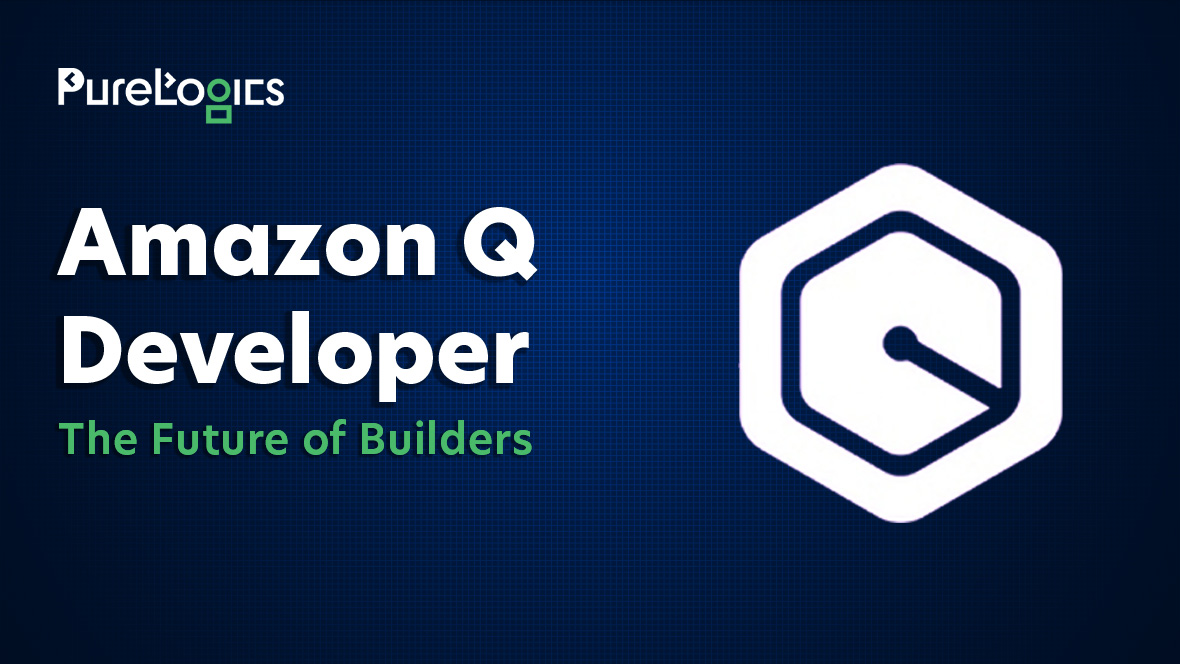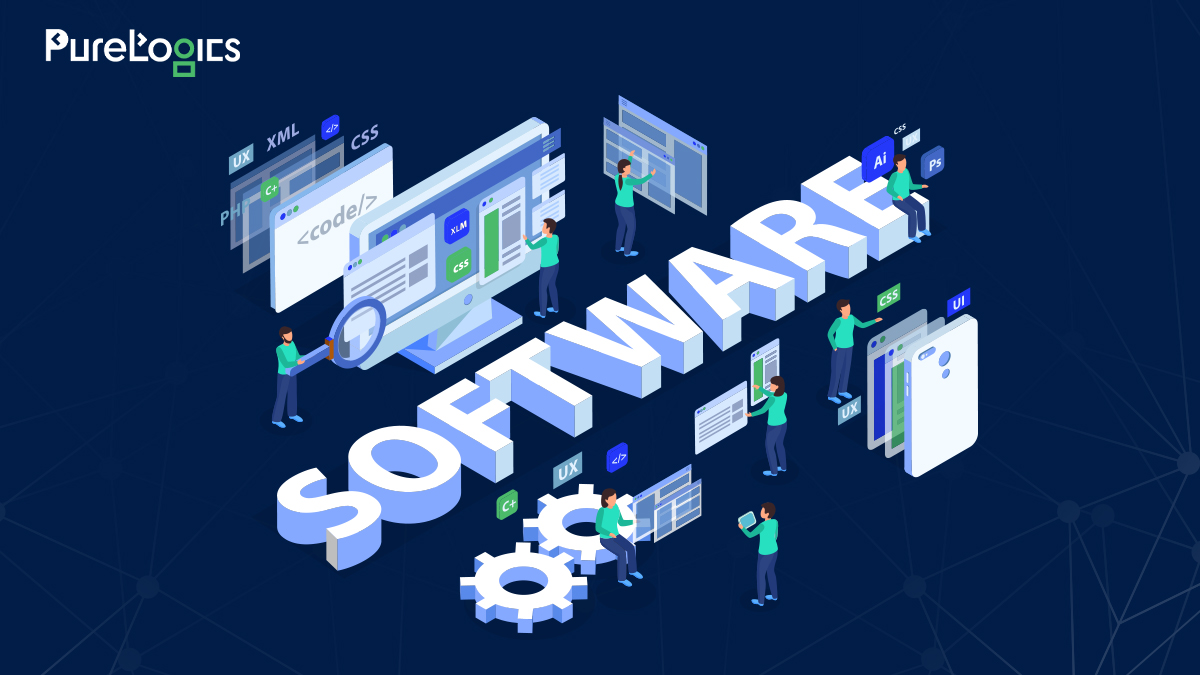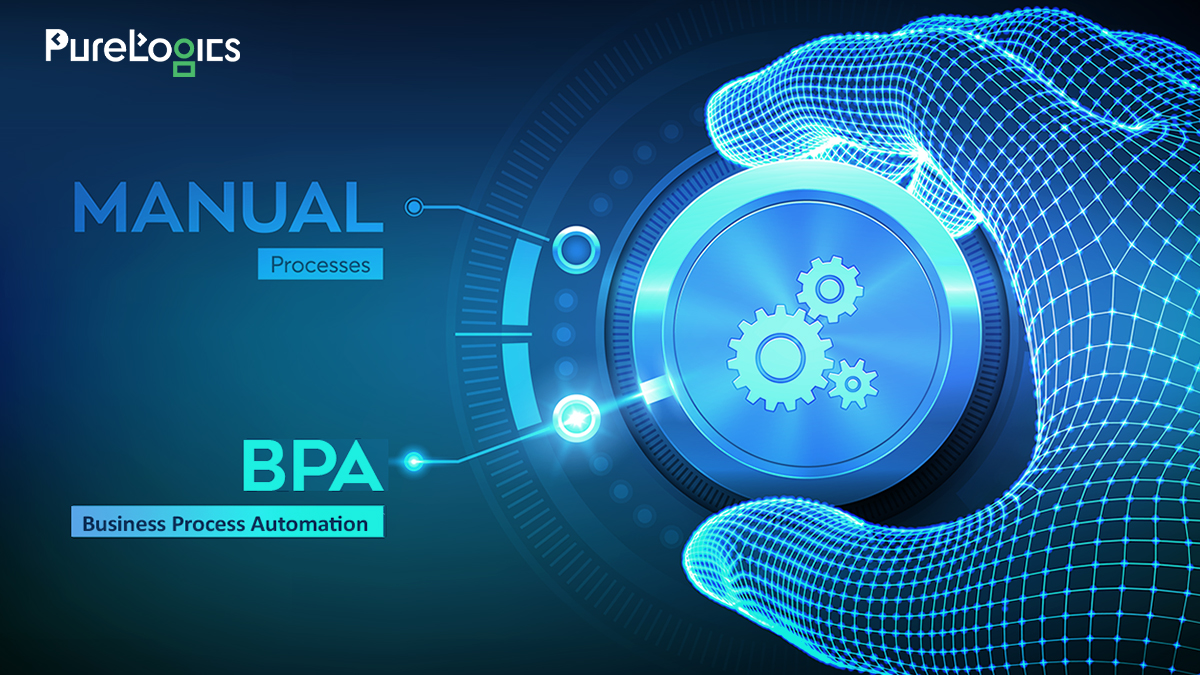Technology today has made it a lot easier for startups to get off the ground as we can see an app for everything (literally) these says. The business processes are now more efficient and which naturally translates into better productivity. So I wouldn’t be wrong if I say that in today’s world, all you need to start and run a business is an idea and a great app to run it.
If you’re not an expert with technology and don’t want the hassle of having to manage an on premise engineering team then outsourcing is your best bet. They say if you want gold ornaments, go to goldsmith, similarly going to a technology smith with the right resources can save you a lot of time, energy and resources.
Below is a glimpse of how software development outsourcing works. So the process begins with:
• Collecting, analyzing and documenting business requirements and system requirements;
• Setting targets for developers, planning urgent applications, timing control,
• Acceptance of the results of development, functional testing, code quality control.
Joint teams work in all phases of application life cycle – from analysis to acceptance, providing developers with the full context, not only the requirements, but also the source of applications, related business requirements and constraints. Their responsibilities also include:
• Controlling the integrity of the decision and its compliance with the objectives of the current user.
• Transparency in the work of external commands, priority control and timing control.
• The transfer of knowledge with a minimum of distortion to produce quality results.
• Preservation of knowledge in the form of documented requirements, user and maintenance documentation.
The requirements development phase might look like this:
Step 1.
Prioritization of initial applications, their refinement by means of discussion, analysis, development of new or changes to existing business or system requirements.
Step 2.
Planning tasks for the development of business or system requirements, design requirements, setting targets for developers in the format of user stories.
Step 3.
Control over the integrity and timing using the common wishes of the board. Study and specification of requirements, prioritization and planning sprint backlog (grooming).
Step 4.
Development of the acceptance tests. The control code quality. Planning sprints, tasks. functional test development, product testing manual and automatic tests. Release assembly. Development of technical documentation.
Step 5.
Testing functionality on a stable assembly, error logging. Controlling the integrity of the solution using the matrix trace. Correction term mistakes, planning and improvements for future iterations.
Step 6.
Transfer stable release users.
If you cannot find the recipe to solve your problem, just email us or call us, we are just a call away.


 [tta_listen_btn]
[tta_listen_btn]
 September 9 2016
September 9 2016





